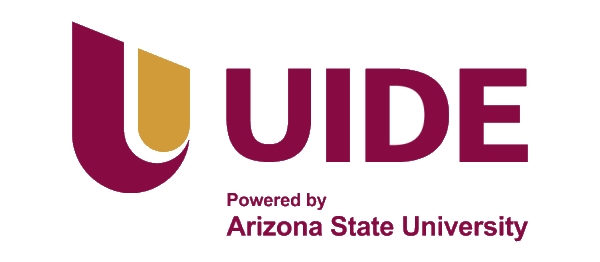
Please use this identifier to cite or link to this item:
https://repositorio.uide.edu.ec/handle/37000/8625Full metadata record
| DC Field | Value | Language |
|---|---|---|
| dc.contributor.author | Acosta Montalvo, Luis Francisco | - |
| dc.contributor.author | Gamboa Vargas, Luis Alberto | - |
| dc.contributor.author | Garzón Villegas, Javier Andrés | - |
| dc.contributor.author | Ruiz Salazar, Soraya Nathalie (tutor) | - |
| dc.date.accessioned | 2025-09-25T20:57:23Z | - |
| dc.date.available | 2025-09-25T20:57:23Z | - |
| dc.date.issued | 2025 | - |
| dc.identifier.citation | Acosta Montalvo, Luis Francisco; Gamboa Vargas, Luis Alberto; Garzón Villegas, Javier Andrés. (2025). Desarrollo de una política de inventario y gestión logística en una bodega de repuestos. Maestría en Mecánica Automotriz. UIDE. Quito. 43 p. | es |
| dc.identifier.other | UIDE-Q-TMMA-2025-13 | - |
| dc.identifier.uri | https://repositorio.uide.edu.ec/handle/37000/8625 | - |
| dc.description.abstract | Introducción: La gestión de inventario en la bodega de repuestos de un concesionario automotriz en Ibarra presenta deficiencias como desabastecimiento, sobre stock y pérdidas logísticas, afectando la eficiencia operativa y la satisfacción del cliente. Estas problemáticas surgen por la ausencia de políticas estructuradas y controles periódicos. Metodología: La investigación, utilizó la metodología ABC para clasificar los repuestos y lubricantes según su rotación e impacto en ventas, identificando los ítems más críticos. Posteriormente, se calculó el stock de seguridad para un periodo de dos meses y se propuso una reorganización física de la bodega basada en dicha clasificación. Resultados: Los repuestos categoría A, aunque representan solo el 13.3% del inventario, concentran la mayoría de las ventas y fueron ubicados estratégicamente en áreas de fácil acceso. En cambio, los ítems C, muchos sin rotación, fueron separados para optimizar espacio y reducir pérdidas. Conclusion: Finalmente, se elaboró una política de inventario que define procesos claros para el control y abastecimiento eficiente. Esta propuesta mejora la precisión del inventario, reduce tiempos de búsqueda y optimiza los recursos, fortaleciendo la competitividad del área posventa. Introduction: Inventory management in the spare parts warehouse of an automotive dealership in Ibarra presents deficiencies such as stockouts, overstocks, and logistics losses, affecting operational efficiency and customer satisfaction. These problems arise from the absence of structured policies and periodic controls. Methodology: The study used the ABC methodology to classify spare parts and lubricants according to their turnover and impact on sales, identifying the most critical items. Safety stock was subsequently calculated for a two-month period, and a physical reorganization of the warehouse was proposed based on this classification. Results: Category A spare parts, although they represent only 13.3% of the inventory, account for the majority of sales and were strategically located in easily accessible areas. In contrast, C items, many of which do not rotate, were separated to optimize space and reduce losses. Conclusion: Finally, an inventory policy was developed that defines clear processes for efficient control and supply. This proposal improves inventory accuracy, reduces search times, and optimizes resources, strengthening the competitiveness of the after-sales area. | es |
| dc.language.iso | es | es |
| dc.publisher | QUITO/UIDE/2025 | es |
| dc.rights | openAccess | es |
| dc.subject | REPUESTOS | es |
| dc.subject | STOCK | es |
| dc.subject | ABC | es |
| dc.subject | DESABASTECIMIENTO | es |
| dc.title | Desarrollo de una política de inventario y gestión logística en una bodega de repuestos | es |
| dc.type | Thesis | es |
| Appears in Collections: | Tesis - Maestría-Ingeniería Automotriz | |
Files in This Item:
| File | Description | Size | Format | |
|---|---|---|---|---|
| UIDE-Q-TMMA-2025-13.pdf | TESIS A TEXTO COMPLETO | 3.48 MB | Adobe PDF | View/Open |
Items in DSpace are protected by copyright, with all rights reserved, unless otherwise indicated.